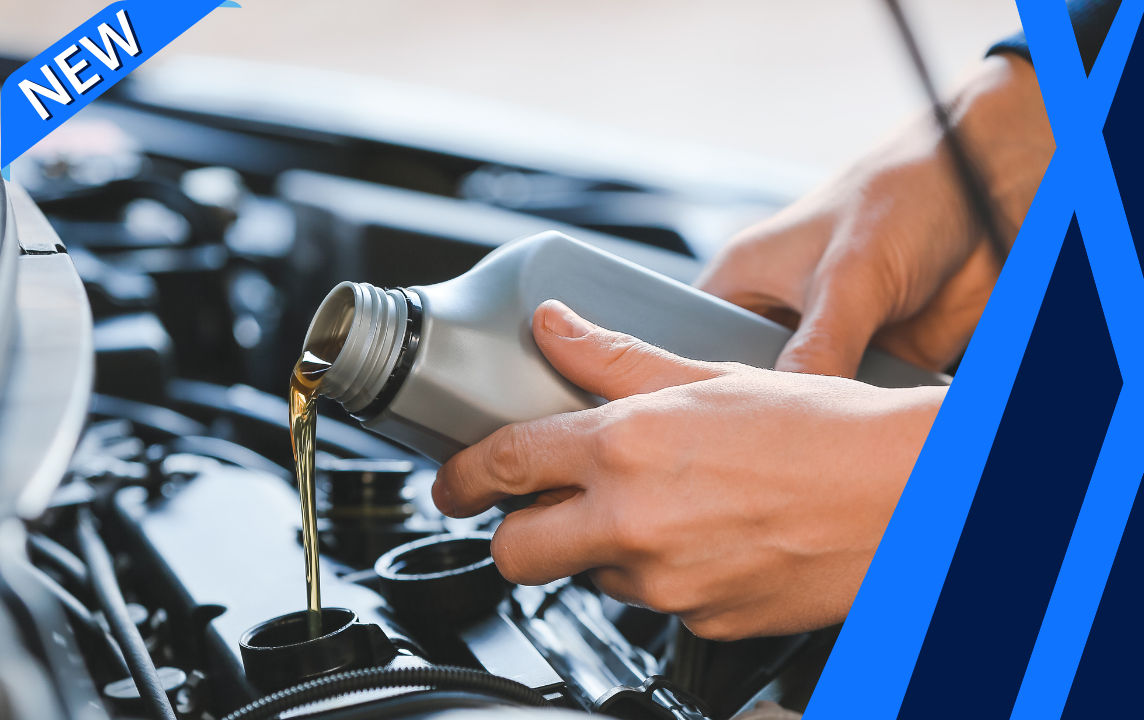Description
Brake pressure is uneven Inspection
How this system works:
In a normally operating brake system, the callipers will squeeze the rotors evenly on both sides of the car (or on all four corners if you have four-wheel disc brakes). The pressurised fluid is sent to each calliper from the master cylinder in even amounts, and the force applied by each calliper is nearly identical.
This allows the car to slow down evenly without any changes in direction. It also ensures even pad wear. However, in some instances, this does not happen. There are several possible reasons for uneven brake pressure, and not all of them have to do with the braking system.
Common reasons for this to happen:
- Stuck Caliper: Perhaps the most apparent reason for brake pressure to be uneven is a stuck calliper. If the calliper is not free to slide back and forth on the slide pins, it will not engage the pad correctly. It might never completely disengage from the pad, creating a constant drag that can be noticed even when the brakes are not being used.
- Damaged Brake Line – Sometimes, brake line damage isn’t visible. If the inner liner of the line has been damaged, it can act as a restrictor, blocking the flow of fluid to the calliper and reducing braking force.
- Stuck Piston: The piston in the calliper needs to move back and forth freely, but if part of the seal has become wedged between the body of the piston and the calliper, it will not move as needed. This can also create uneven brake pressure.
- Bad Proportioning Valve: The proportioning valve is located under the hood and is responsible for adjusting the fluid pressure sent to the rear brakes. If the valve begins to fail, uneven brake pressure can result.
- Pad Contamination: Another possible cause of brake pull (uneven pressure) is if the fluid has contaminated the brake pad. This can be brake fluid, grease or even oil.
- Using Two Different Types of Pads: If you have replaced the pads on one side of the car but not the other (which is always a no-no), there’s a chance you’re using two different types of pads. Different manufacturers use varying pad materials with very different performance characteristics.
- Uneven Tire Pressure: Oddly enough, uneven tire pressure can masquerade as uneven brake pressure. Check your tires to ensure that they are properly inflated – this can be an inexpensive, hassle-free fix in some situations.
What to expect:
A top-rated mobile mechanic will come to your home or office to inspect your car’s entire brake system, including the brake lines, pads, rotors, callipers, pistons, and more to identify the underlying problem. The mechanic will then provide a detailed inspection report that includes the scope and cost of the necessary repairs.
How it’s done:
The mechanic will need to inspect the entire brake system in order to determine the underlying cause of uneven brake pressure. The mechanic may also need to test drive the car to verify pulling and test for other potential problems, including pedal pulsation.
How important is this service?
Uneven brake pressure can be a sign of a severe problem. A stuck calliper can cause serious damage to the pads and rotors, and your stopping ability is compromised, as well. A damaged brake line will eventually fail. Pad contamination may signify a brake fluid leak, an oil leak, or possibly a damaged CV boot if grease is the contaminant. A stuck piston can also be a severe problem that can cost a lot of money if not caught in time. Have your brake system professionally inspected and maintained during routine maintenance. One of our mechanics can check and repair your brakes if you experience uneven brake pressure.




